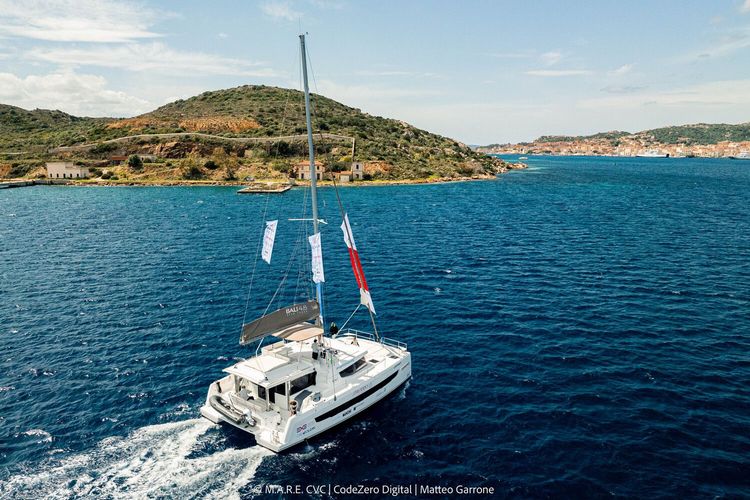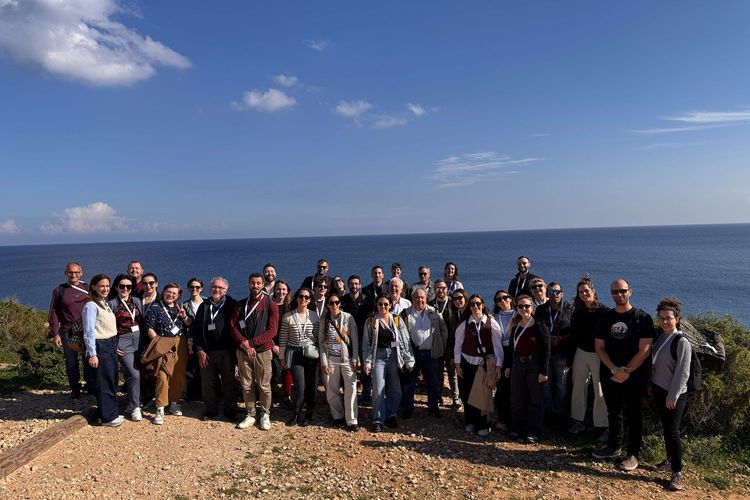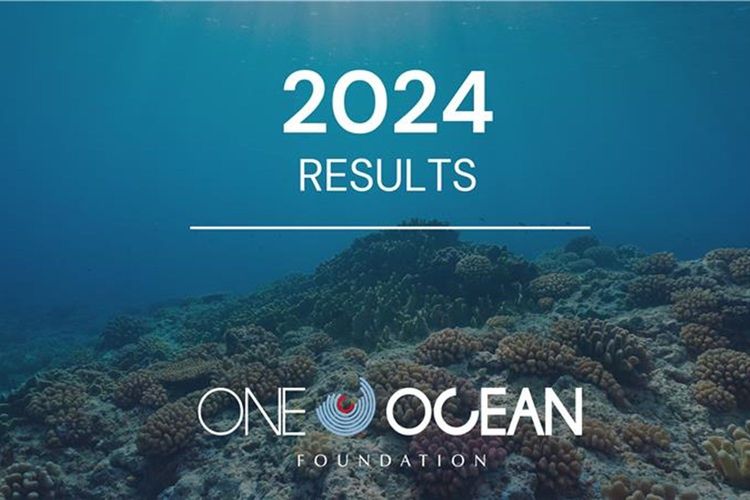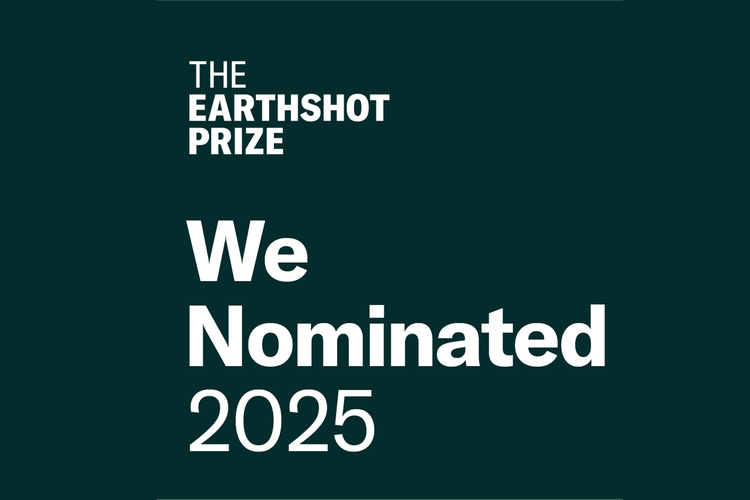
The third edition of M.A.R.E. Project concluded on July 5, 2024, after 10 weeks of navigation in the northwestern Mediterranean Sea.
As scientific partners, One Ocean Foundation's team collected
along a 1500-mile route starting from the La Maddalena archipelago on-board the ONE catamaran, sailing along the French and Spanish coasts, reaching the Balearic Islands, and then returned to Sardinia.
The objective is to continue mapping the health and biodiversity of the Mediterranean Sea. The scientific activities from past editions were replicated, including ecotoxicology, environmental DNA sampling (this time focusing on the entire trophic network), and visual surveys, with the addition of a new research: bioacoustics. This new monitoring technique to evaluate marine noise pollution levels and record the presence of cetacean species along the route.
Onboard, One Ocean Foundation welcomed and coordinated
from international and other universities, thanks to the renewal of the call for applications established in the last edition. This allows external researchers to join the catamaran to advance their research projects on the Mediterranean Sea, transforming it into a true itinerant lab platform.
With great success, the public and guests were involved in scientific activities and data collection through the so called "citizen science", by raising community awareness of environmental issues is fundamental for a collective recognition of the sea as an important place to be safeguarded and protected.
Research activities conducted during M.A.R.E. 2024
To conduct ecotoxicology analyses — assessing contamination from trace elements and persistent organic pollutants (PCBs and DDT) — 54 zooplankton samples were collected. Zooplankton, at the food web's base, is considered an early indicator of contamination. Supported by onboard guests and researchers, One Ocean Foundation succeeded in collecting samples along the entire route, thus expanding the monitoring area beyond the Tyrrhenian and Adriatic waters. The samples will be analyzed at the University of Insubria's laboratory.
Marine biodiversity was monitored using the non-invasive technique of environmental DNA (eDNA). Ten water samples were collected and filtered onboard. These samples, to be analyzed by partner Nature Metrics, will provide an overview of the trophic network at selected sampling points atop submarine canyons, areas known for high biodiversity.
Bioacoustic analysis was a new feature of the 2024 edition of the M.A.R.E. project. Cetaceans use sound to communicate, hunt, and navigate. The hydrophone, a tool used to listen underwater, enabled the Foundation's team to listen to and record the sounds produced by these marine mammals. Specifically, they were able to hear dolphins (Stenella coeruleoalba and Tursiops truncatus), sperm whales (Physeter macrocephalus), and Risso's dolphins (Grampus griseus). However, about 40 recordings often included the noise of boats, a constant threat to these marine mammals.
Listening to sounds alone is not always enough to determine the species. For this reason, the OOF team, researchers, and guests remained vigilant, hoping to spot megafauna on the horizon. Thanks to everyone's keen eyes, a total of 61 sightings were recorded: not only cetaceans but also sunfish, sea turtles, Mediterranean rays, and sharks, totalling about 170 individuals.


